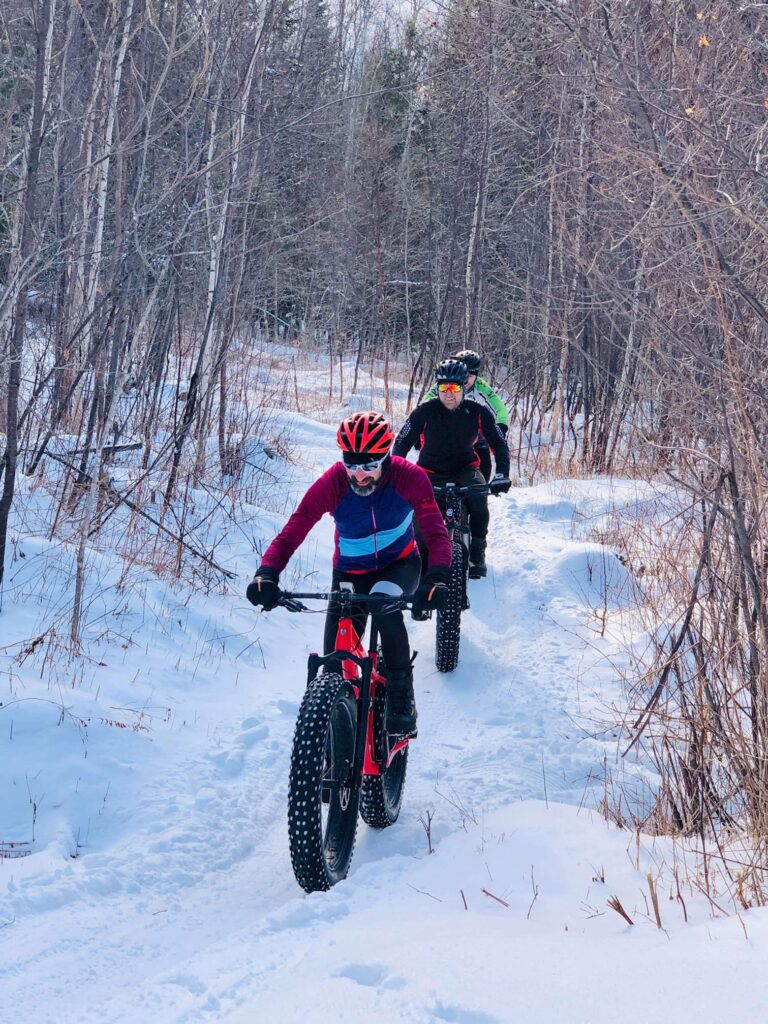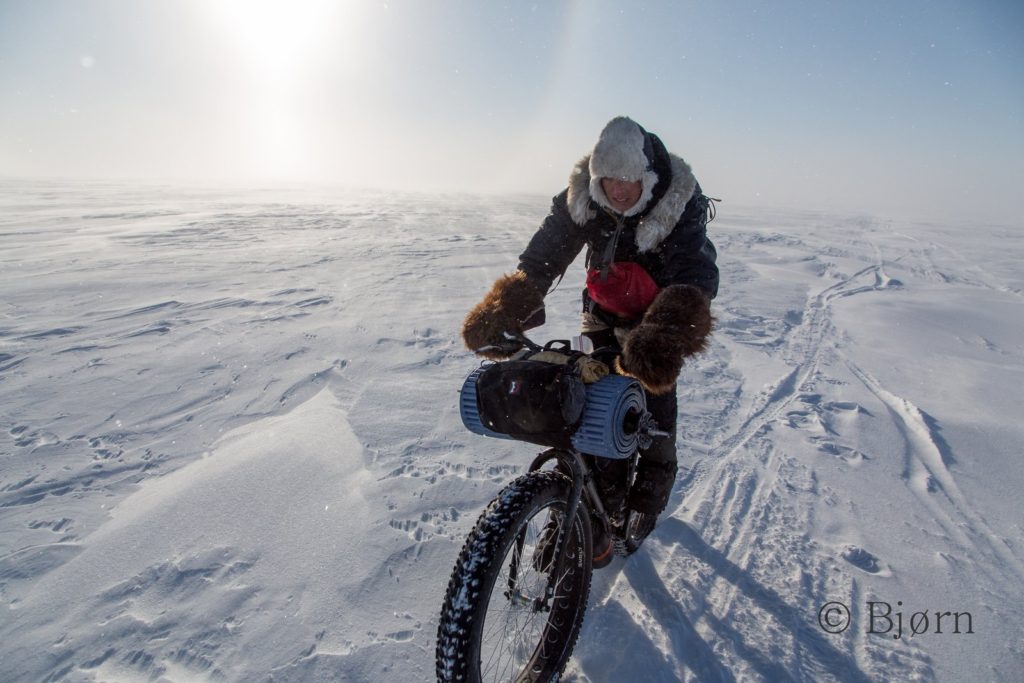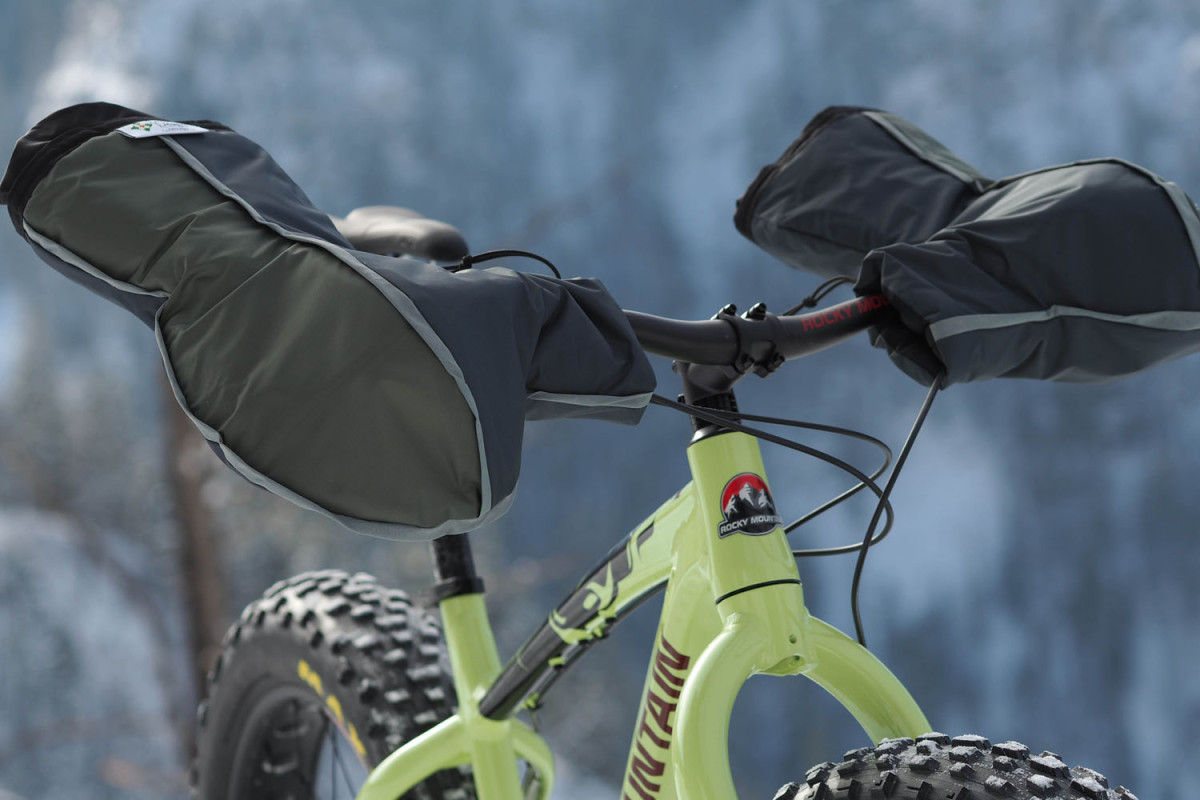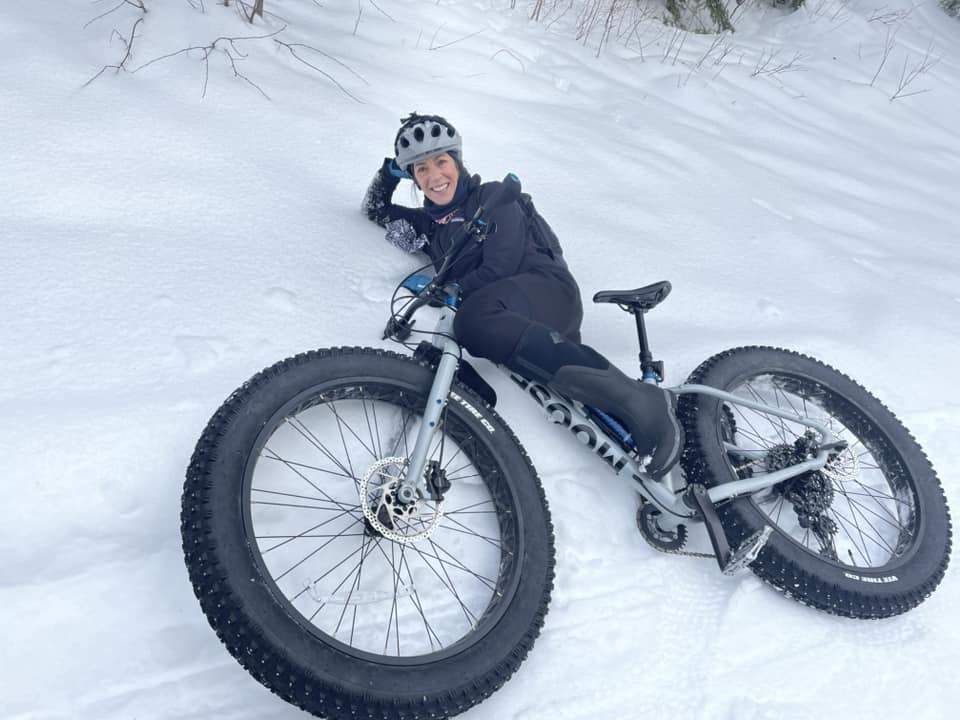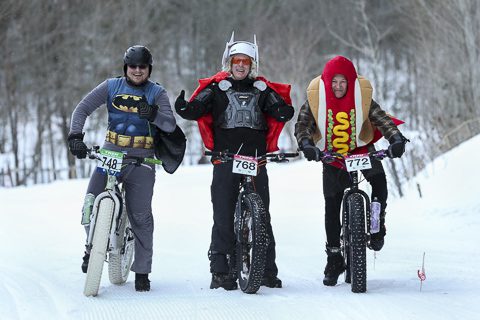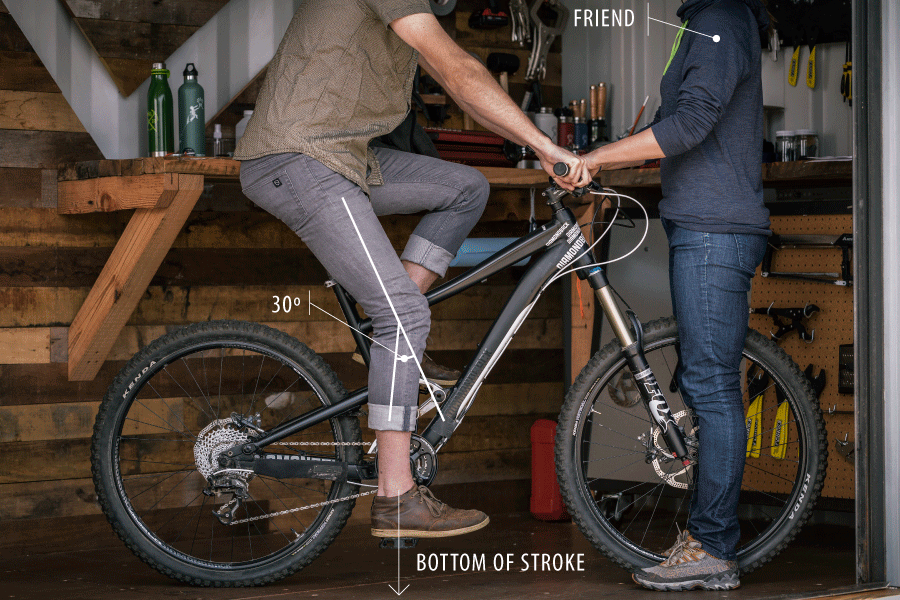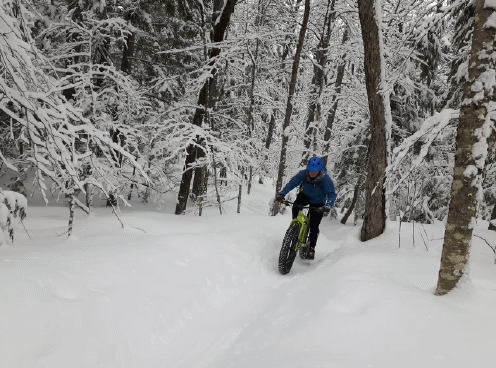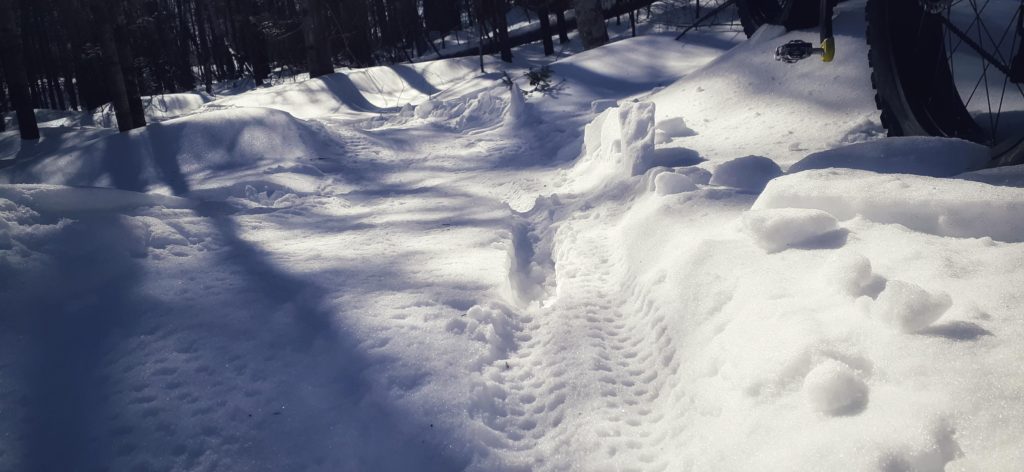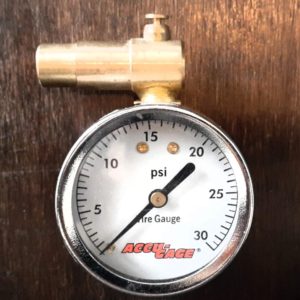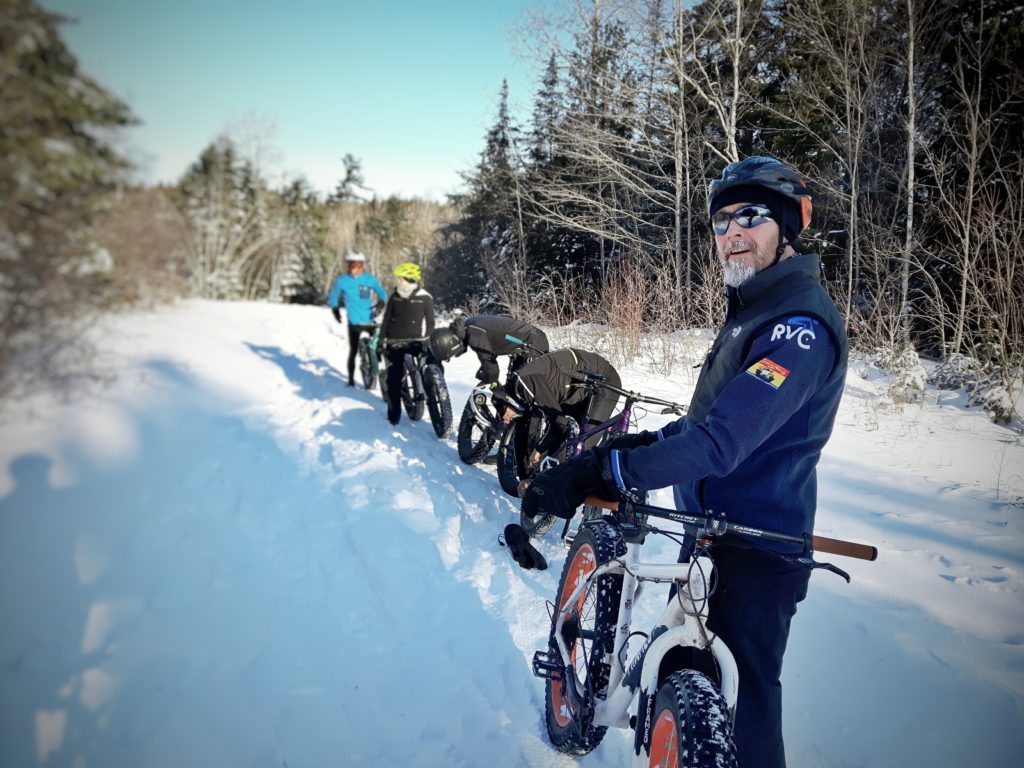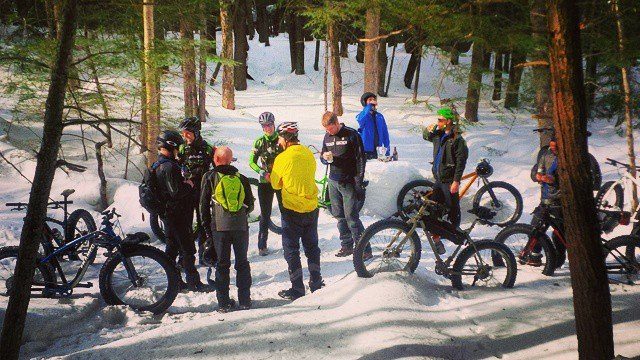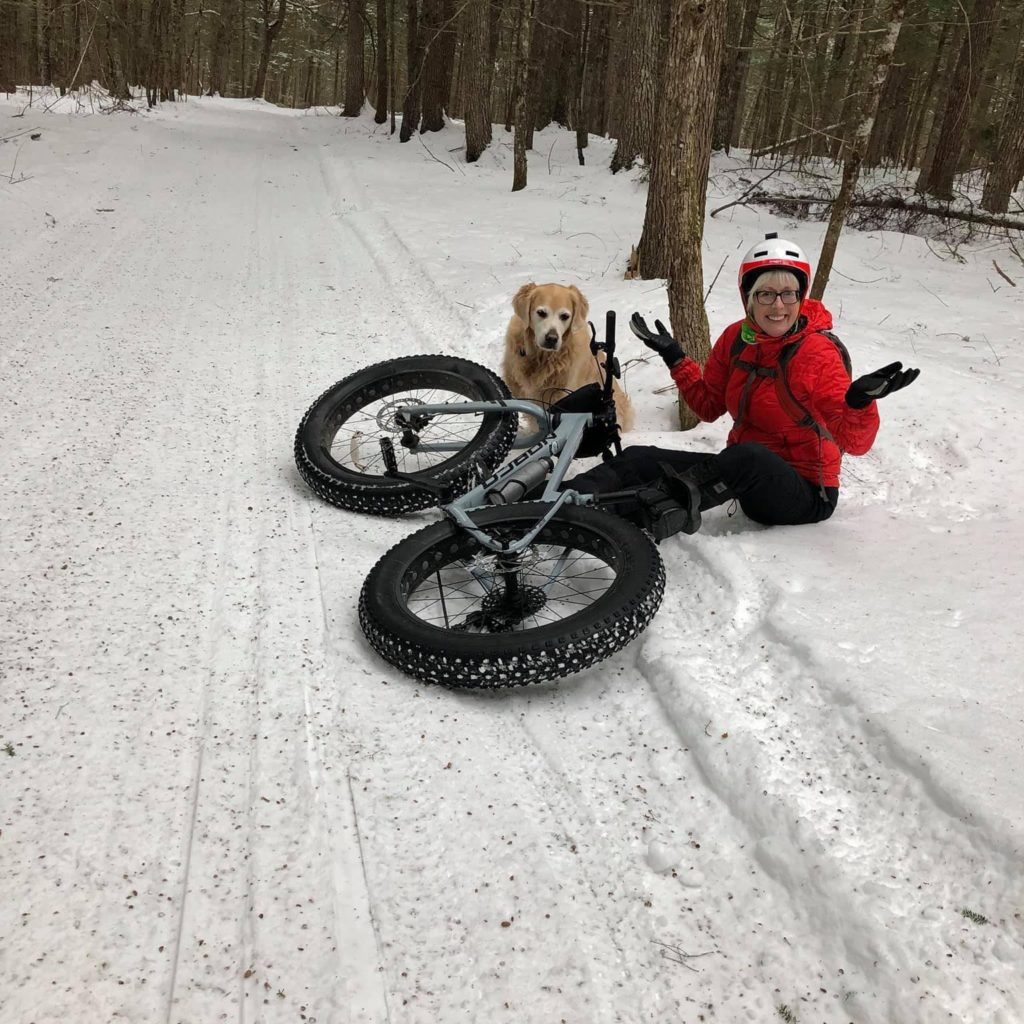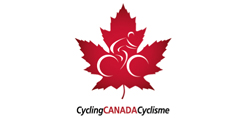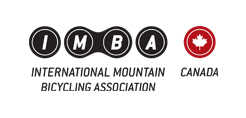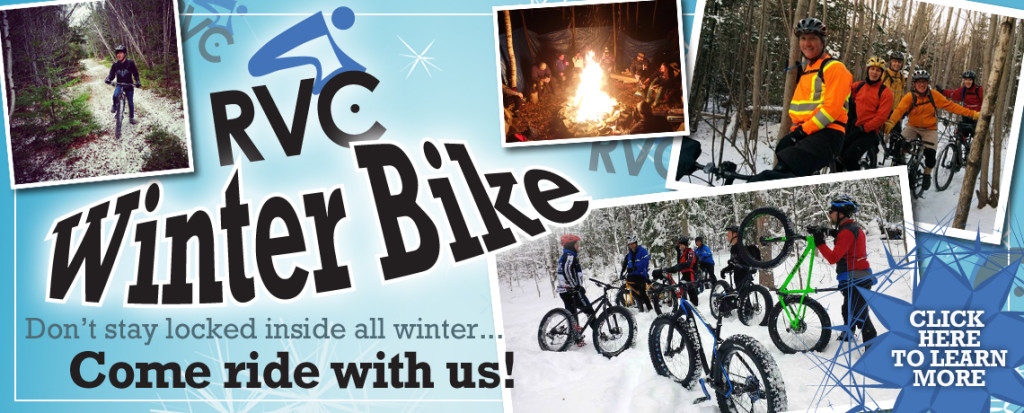
Hey riders – registration for the 2023 Winterbike season is now live. Join!
If you’re new to riding singletrack in the winter here’s the scoop:
- RVC runs Winterbike on a totally separate membership and budget.
- Your membership supports our grooming effort at MVP and Woolastook. Gas is pretty expensive and the grooming sleds need regular maintenance.
- Membership also lets you join our regular group rides. We hit the trails every week. Follow the conversation on RVC’s Facebook and Insta.
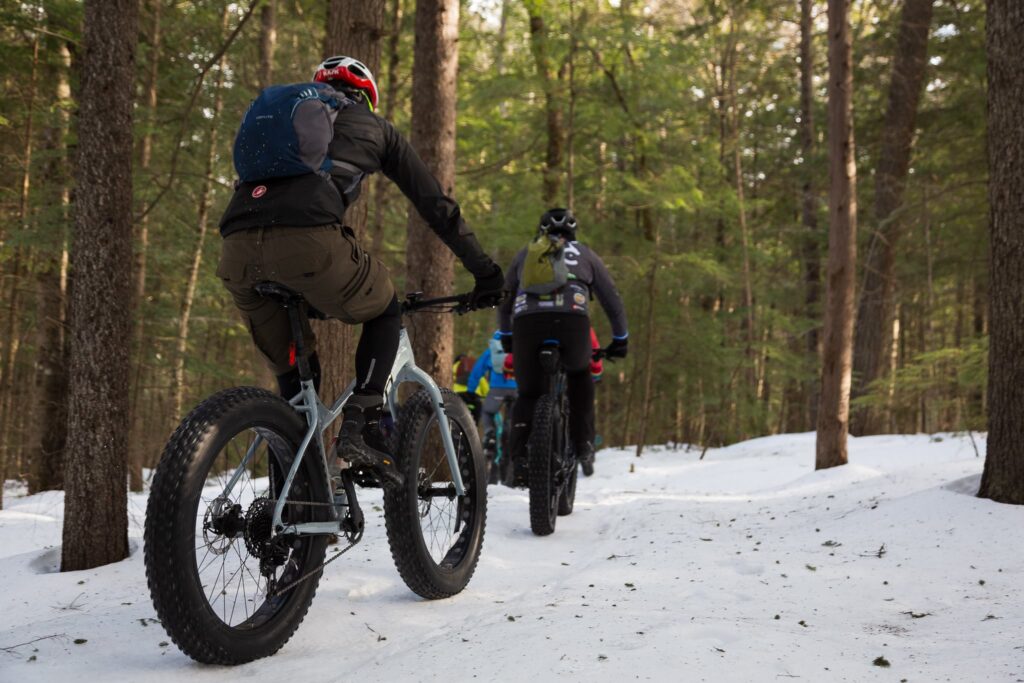
Keep following us over the next few weeks as we share our 2023 grooming plans, winter-biking tips, and more news.

